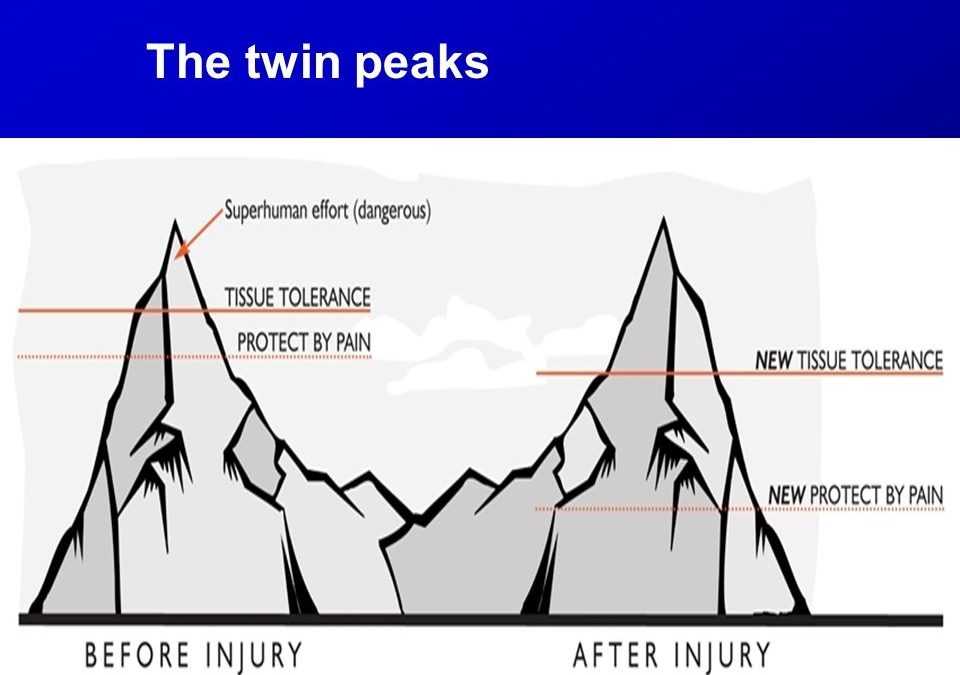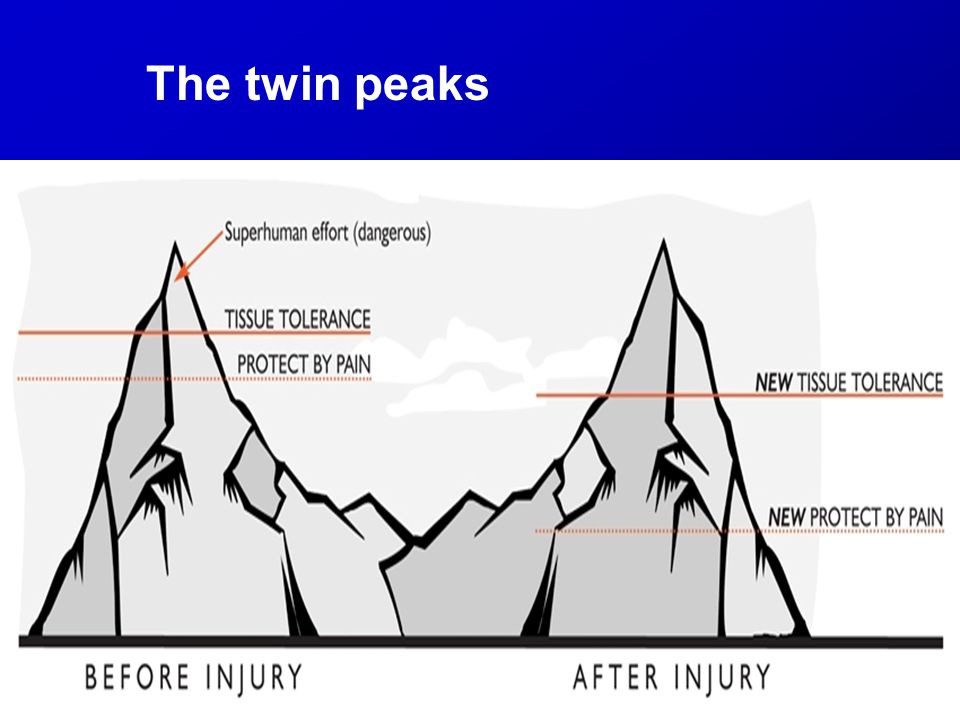The Blog
Chronic versus acute lower back pain

Lower back pain can be the result of almost any movement or action in many cases, including a direct impact or injury, spending too long in an awkward position, or even just sleeping in a different position. But often this back pain is considered acute, as there is no lasting or recurring pain and impact to function following 6 weeks post-injury.
After this 6-week period with little or no reduction in overall pain, it is typically characterised as chronic lower back pain. Chronic lower back pain may also initially present as minimal pain and discomfort and progressively develop over an extended period into worse pain.
One key difference between acute and chronic lower back pain can be the severity of tissue damage in relation to the amount of pain. Often, there will be a more accurate relationship between pain and injury for acute pain clients. It is not uncommon for the pain present in chronic pain clients to be significantly more than the level of injury would indicate.
So where is my pain coming from?
The misalignment between pain and injury is thought to be at least partially psychological. We are not saying at all that the pain isn’t real, but that it may be a result of the brains expected pain levels for tasks rather than excessive stress placed on the bodies tissue and structures.

A fantastic way to visualise your body’s response to pain is the twin peaks model of pain before and after injury. Initially you can tolerate a substantial load to the tissue without pain but following injury the onset of pain becomes present at a much lower intensity, even if the tissue can tolerate the stress comfortably.
If you consider any movement that has caused pain in the past, the brain now expects that pain to be present again the next time you do that movement. So as a protective mechanism the brain responds with pain at a level of stress that will not damage tissue, to prevent repetition of an injury or traumatic event. This protective mechanism is strongly associated with the chronic lower back pain symptoms that you may be all too familiar with.
What can I do about it?
Move! Even though there may be some discomfort or pain associated with movement, it’s what your back is designed to do. Limit how long you are stuck sitting or standing in one position. And if you are confined to a chair think of the phrase ‘your next posture is the best posture.’ Your next position, is going to be more comfortable than your current position, including the use of different supports such as lumbar and thoracic whilst sitting, and even slouching for a little bit.
References –
Image (Explain Pain, NOI Group).
Explain Pain Second Edition (David Butler & Lorimer Moseley) 2013.
